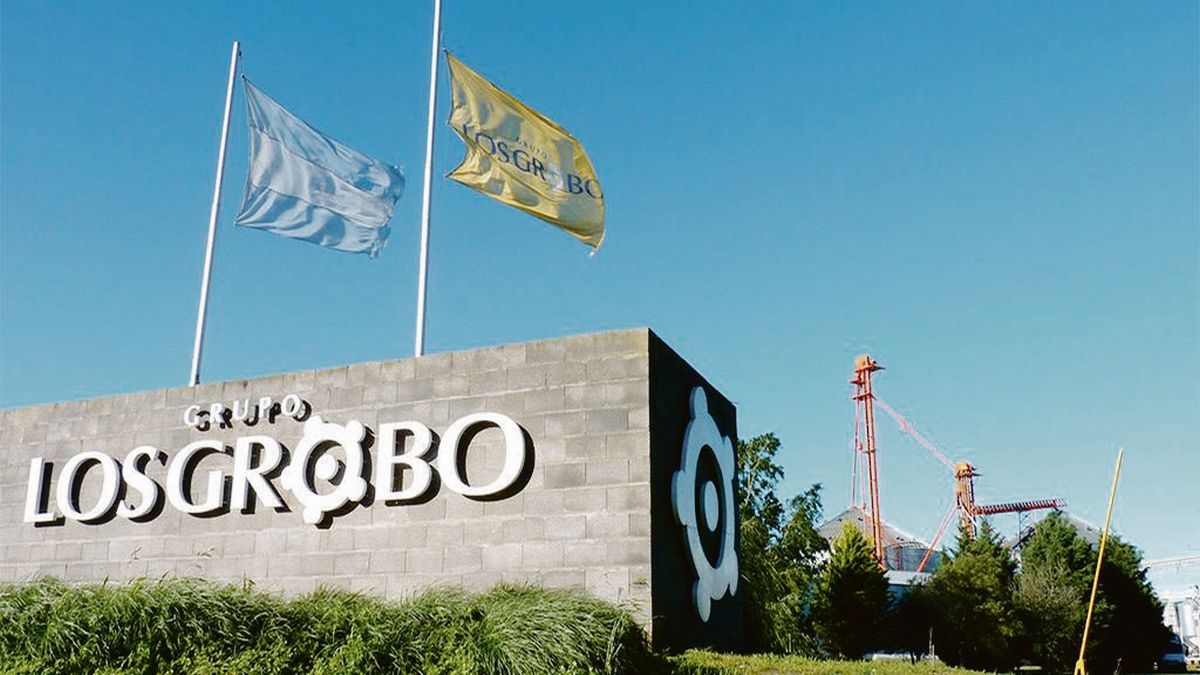The Los Grobo group, one of the main agroindustrial conglomerates in Argentina, faces a critical situation after announcing the failure to comply with financial obligations by its key companies: Los Grobo Agropecuaria (LGA) and Agrofina. This default affects both promissory notes and negotiable obligations and reflects the serious liquidity and financing problems faced by both companies. And the big question is how the company can get out of this labyrinth.
The key fact that the risk rating agency Fix indicates in its latest report is that The total consolidated debt of Agrofina and Los Grobo amounts to US$207 million, of which US$52 million matures in the next three months. Although the companies have quickly realized inventories of US$65 million and available cash of US$15 million, these resources are insufficient to cover their immediate commitments.
More specifically, Not all inventory value can be transformed into cash immediately. The sale of these assets may face delays or discounts in their market value. In turn, the immediate commitments are only part of a total debt of US$207 million. The reality is that even if they manage to cover the US$52 million, they would still be exposed to the pressure of other future maturities.
In this framework, The announcement of the default caused a downgrade in the credit rating of both companies to C(arg), which indicates an extremely vulnerable risk with a high probability of imminent default. FIX also warned that, if this situation is not resolved, the rating could drop to D(arg), reflecting an effective default.
As the risk rating agency highlights, One of the factors that aggravated the situation was the postponement of a capital contribution previously committed to Los Grobo, scheduled for the last quarter of 2024. This contribution was key to strengthening the group’s financial structure, and its absence left the companies in trouble. a weaker financial position. Fix had already lowered the rating in December due to this delay, despite the fact that the legal deadline for the contribution extends until 2025.
In terms of financial performance, Consolidated results as of September 30, 2024 show a negative EBITDA of $2,109 millionreflecting significant operating losses. Consolidated revenues amounted to $469,639 million in the last annual period, but the ability to generate positive cash flows remains a challenge due to high financing costs and difficulties in the market. On the other hand, The consolidated net result showed a loss of $28,286 million, which underlines the magnitude of the financial deterioration. This situation, combined with an extremely high debt/EBITDA ratio, shows the pressure on the group’s financial sustainability.
Challenges and alternatives
As explained in the financial market, faced with this panorama, The group must explore strategies to overcome the crisis:
Debt restructuring: Negotiating with creditors to extend deadlines or reduce amounts could offer temporary relief. However, this could require new guarantees and stricter conditions. Something that in practice the group announced that it would address, but about which there is still no news.
Sale of assets: Although the inventories of US$65 million represent an option, their liquidation could affect the operating capacity of the companies.
Capital contributions: Regaining investor confidence will be essential to attract new funds to strengthen liquidity.
In short, The future of the group will depend on its ability to negotiate with creditors, implement effective liquidity strategies and regain market confidence.. The resolution of this crisis will be closely watched by the entire sector, aware that the outcome could have broader implications for the industry.
Source: Ambito
David William is a talented author who has made a name for himself in the world of writing. He is a professional author who writes on a wide range of topics, from general interest to opinion news. David is currently working as a writer at 24 hours worlds where he brings his unique perspective and in-depth research to his articles, making them both informative and engaging.




